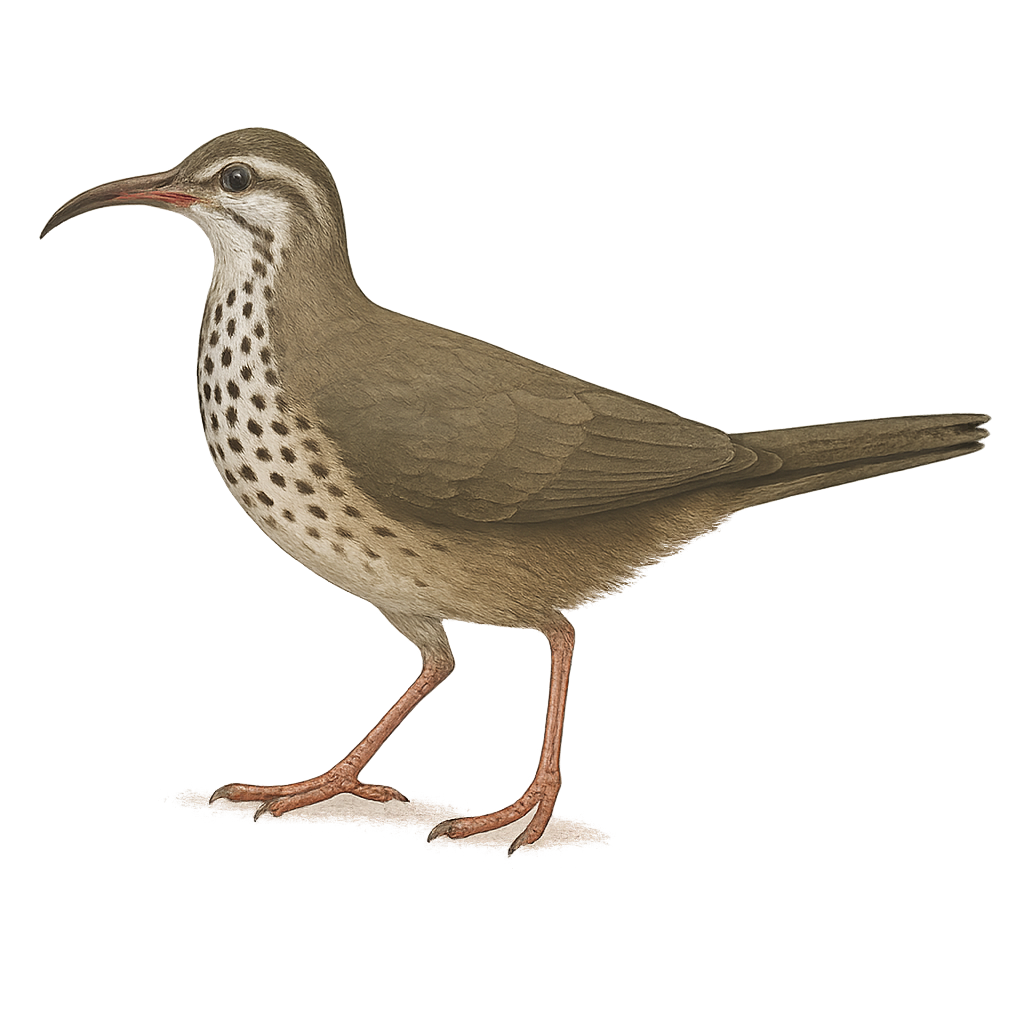Your wildlife photography guide.
Explore the bensch's monia in detail, study its behavior, prepare your shots.
Where to observe and photograph the bensch's monia in the wild
Learn where and when to spot the bensch's monia in the wild, how to identify the species based on distinctive features, and what natural environments it inhabits. The WildlifePhotographer app offers tailored photography tips that reflect the bensch's monia’s behavior, helping you capture better wildlife images. Explore the full species profile for key information including description, habitat, active periods, and approach techniques.
Bensch's Monias
Scientific name: Monias benschi

IUCN Status: Vulnerable
Family: MESITORNITHIDAE
Group: Birds
Sensitivity to human approach: Suspicious
Minimum approach distance: 10 m
Courtship display: November to December
Incubation: 18-20 jours
Hatchings: November to January
Habitat:
Dry forests, scrublands, savannas
Activity period :
Primarily active during the day, with peak activity in the morning and late afternoon.
Identification and description:
The Bensch's Monias, or Monias benschi, is a rare and intriguing bird endemic to Madagascar. It features a dull brown plumage that allows it to blend seamlessly into its natural habitat of dry forests and scrublands. This ground-dwelling bird is known for its elusive behavior and ability to move swiftly on the ground. It primarily feeds on insects and small invertebrates by foraging on the forest floor. The Bensch's Monias is monogamous, forming stable pairs. Its population is declining due to deforestation and habitat degradation, making it a vulnerable species in need of increased conservation efforts.
Recommended lens:
400 mm – adjust based on distance, desired framing (portrait or habitat), and approach conditions.
Photography tips:
To photograph the Bensch's Monias, it is advisable to use a telephoto lens of at least 400mm to capture detailed images from a distance without disturbing the bird. Be patient and discreet, as this bird is suspicious and easily hides in vegetation. Opt for early morning or late afternoon hours when the light is soft to achieve quality shots. Maintain a distance of at least 10 m to avoid startling it.
The WildlifePhotographer App is coming soon!
Be the first to explore the best nature spots, track rutting seasons, log your observations, and observe more wildlife.
Already 1 432 wildlife lovers subscribed worldwide

